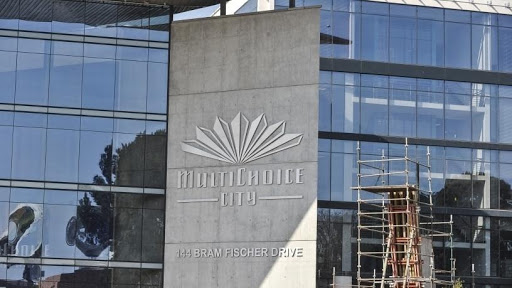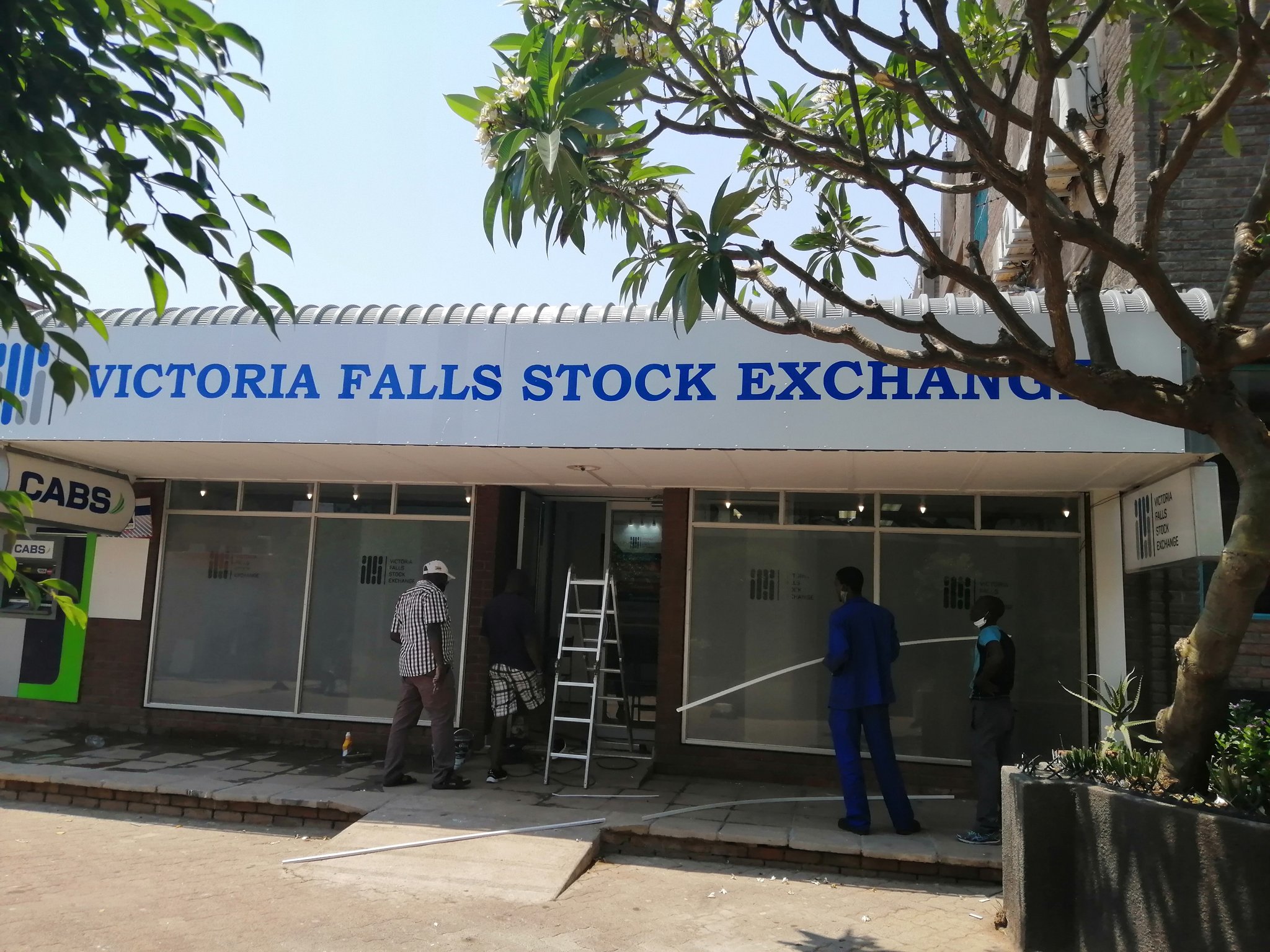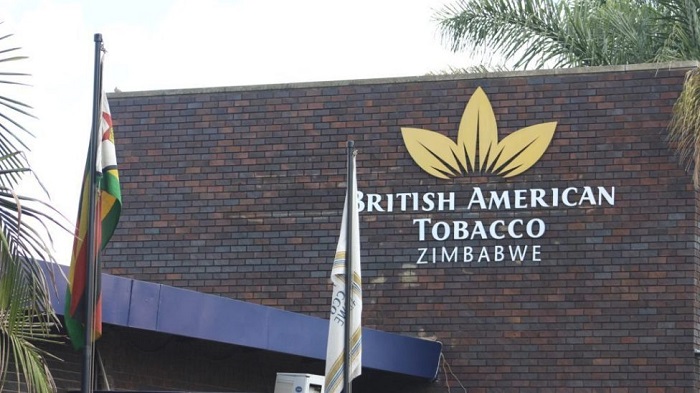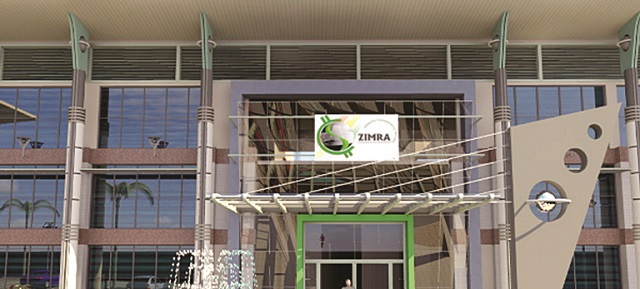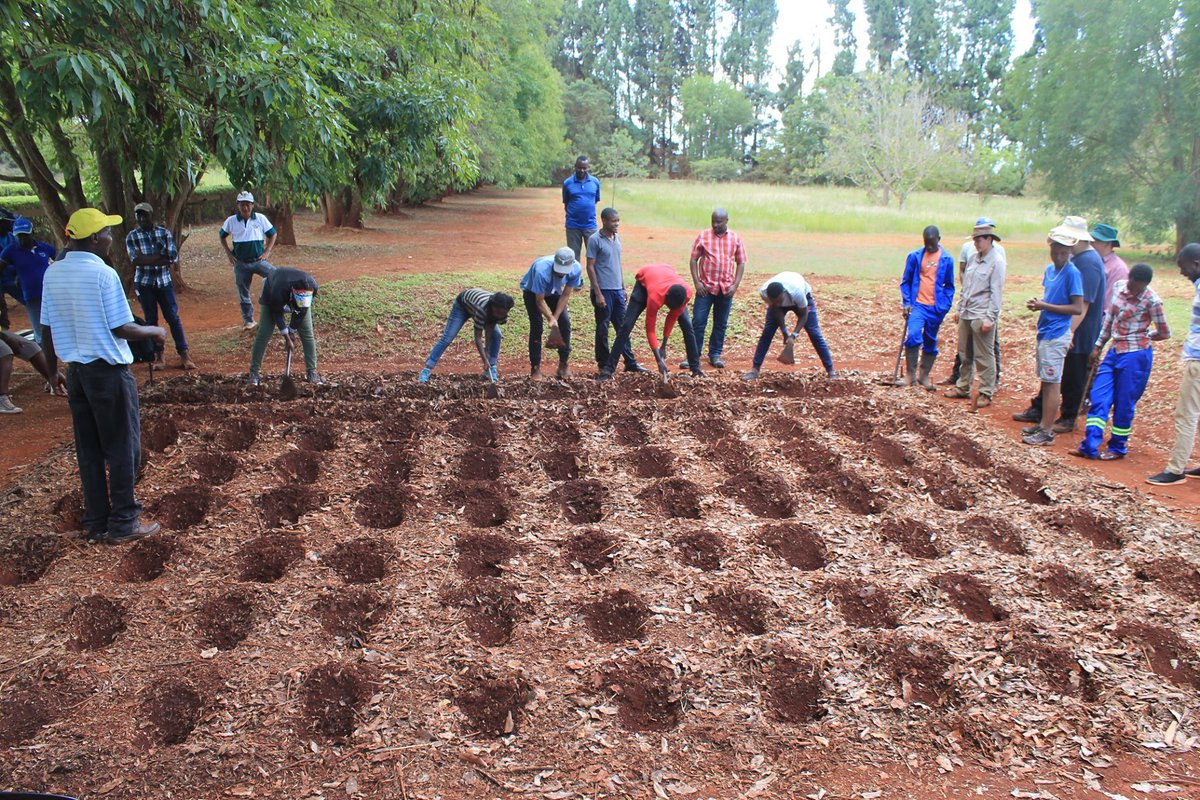Pfumvudza nearly triples Mash Central maize production
Maize production in Mashonaland Central almost tripled this season due the overwhelming uptake of the Pfumvudza/Intwasa programme and good rains received.
The province produced 544 789 tonnes of maize compared to 182 938 tonnes during the last farming season, a rise of 197,8 percent and almost tripling the harvest. Provincial Agritex officer Mrs Betty Chikumbirike said the province significantly contributed to the national maize production of 2 770 171 tonnes.
About 1 066 755 tonnes out of the national production of 2 770 171 came from the Pfumvudza/Intwasa programme.
Speaking at a media discussion organised by the Zimbabwe Union of Journalists, Mrs Chikumbirike said:
“The province produced 2 853 tonnes of orange maize following the widespread adoption of bio-fortified maize production. For traditional grains, we produced 55 477 tonnes compared to 19 920 during the 2019-2020 season.
“There was a decrease in pearl millet production with 953 tonnes this year compared to 1 157 tonnes during the 2019-2020 season.
“We produced 124 tonnes of finger millet compared to 51 tonnes last season.”
Sesame hectarage in the province dropped from 11 552 hectares to 6 199 hectares, but the harvest was barely affected as productivity and yields grew, with production falling from 2 666 tonnes to 2 351 tonnes.
Sweet potato production increased from 20 404 tonnes during the previous season to 32 767 tonnes this year, while soya beans production went up from 16 779 tonnes to 22 917 tonnes this year.
“As we prepare for 2021-2022 farming, we are expecting an overwhelming adoption of the Pfumvudza/Intwasa programme,” said Mrs Chikumbirike.
“In a few weeks’ time, our extension workers will start training and encouraging farmers to adopt Pfumvudza. We are encouraging farmers to start digging for increased production instead of waiting for the rains.
“Don’t burn crop residue and maize stover because they are useful as mulch. Guard jealously against veld fires for without mulch Pfumvudza cannot be successful. You can also use grass for thatching and bedding for tobacco nurseries.”
Under the Presidential Inputs Scheme, each ward is expected to establish nutrition gardens.
“Identification of the villages is complete and boreholes will be drilled for the beneficiaries for irrigation purposes,” said Mrs Chikumbirike. “Fruit trees will be distributed at 10 per household and four are for family consumption while the rest will be for income generation.”
There was also a roadrunner chick programme under which 36 000 chickens were acquired for the province. Distribution of 2 000 roadrunners was done to districts according to their constituencies. The province had a target of 16 000 hectares for winter wheat production and command agriculture was allocated 12 000ha, while 3 000ha were for private contractors.
The remaining hectares were for the Presidential wheat scheme. So far, 9 544 hectares had been planted.
“The Presidential wheat programme started this year and those with plains and gardens will benefit from the programme,” said Mrs Chikumbirike.
“Farmers are busy with land preparation for winter wheat and because of challenges faced by farmers we extended the planting window to June 10.
“We encourage farmers who miss this timeline not to plant, to minimise losses.”-heraldcl.zw



